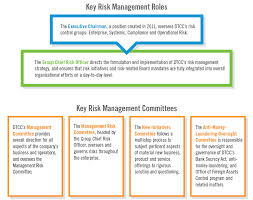There are many risks in financial organization. Most of the risks are related to financial. Investment (Lending) is the principal function of a Bank. At the same time there is an underlying/inherent risk in any investment (Credit). Investment comprises a very large portion of a Bank’s total activities. As such, due diligence and prudential judgment/decision is a precondition for a sound investment practice and therefore, is very important for profitability and success of a Bank.
Market Risk:
Expert opinion to choosing core business area, finding out new business sector, arranging low cost fund to invest at lower rate, steps to avoid under and unfair competition with the commercial banks etc. are effective measure to reduce the market risk.
Liquidity Risk:
Liquidity risk is more important area to think by the banking company to match with the financial and investment (lending). Long term and stable financing is required for long-term investment. Beside, inflow of cash through collection of dues against investment in time as also essential. Effective monitoring and follow-up is the important tools to ensure the required collection.
Investment Risk:
The management of specific investment risk is developed according to individual business units. The investment risk management function ensure that appropriate policies are established and ensures compliance with the related sanction monitoring procedures and control at the business unit level. Investment exposures are aggregated from individual business unit and are on a regular basis. Investment involved risk may be summarized as under.
- Difficulty in choosing core business.
- Failure in business of the customer.
- Encompassing a blend of banking and non-banking service.
- Investment either too liquid or of questionable quality.
- Competition from other commercial banks.
- Security control risk.
Portfolio monitoring is carried out by asset quality, background of the customer, soundness and viability of his business and cash flow etc. sector of the economy and country, cost of long-term financing to match with the return on long-term investment.
















